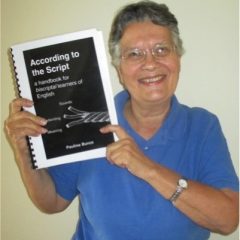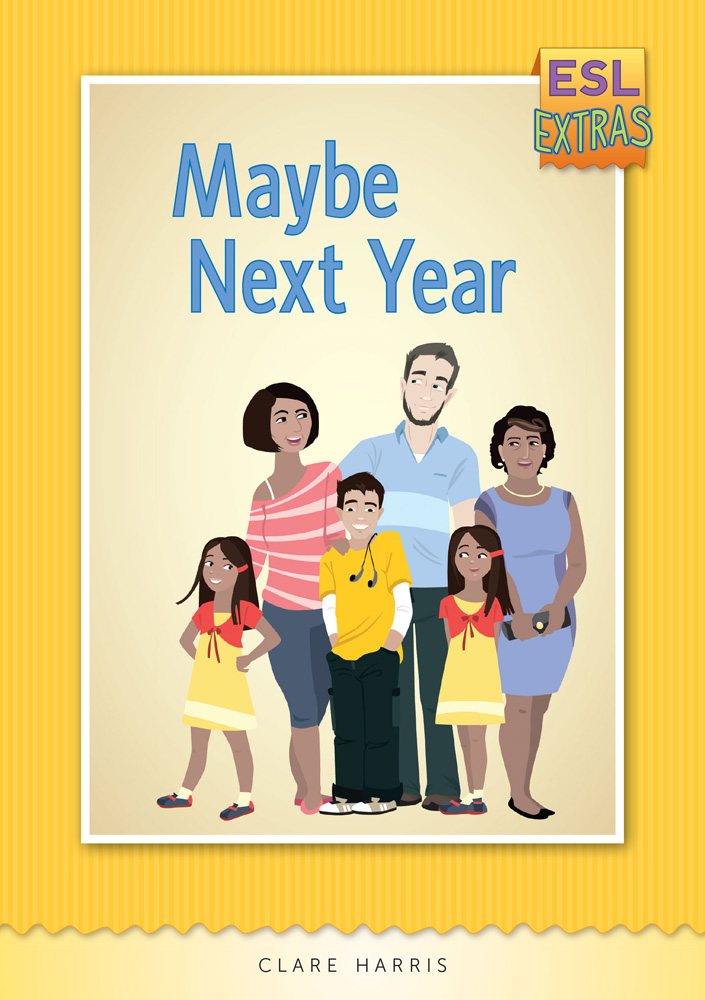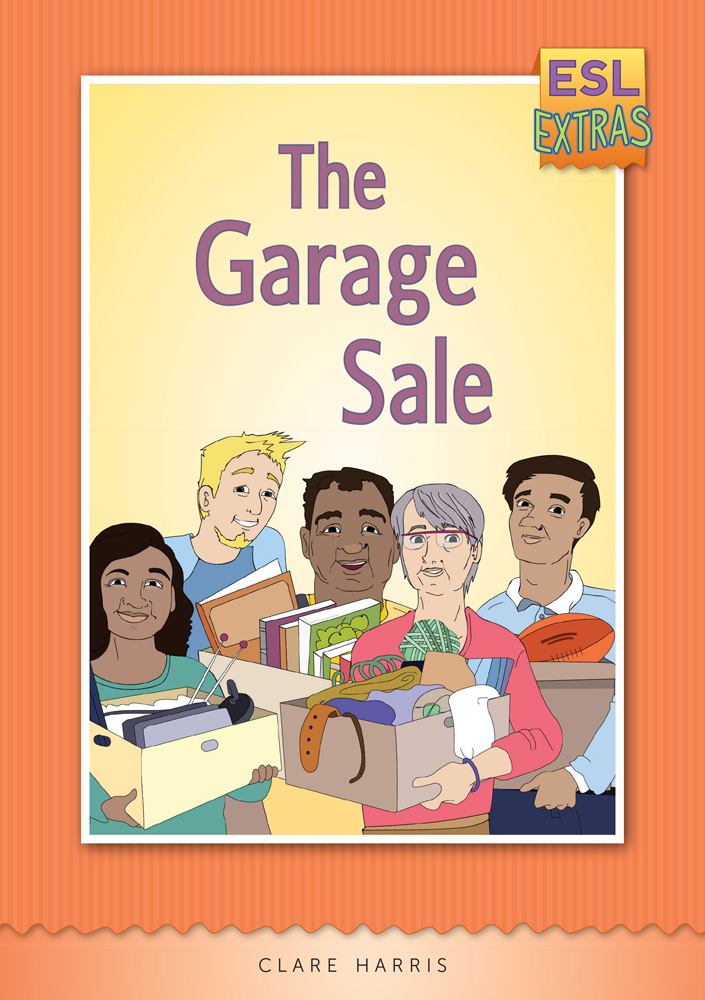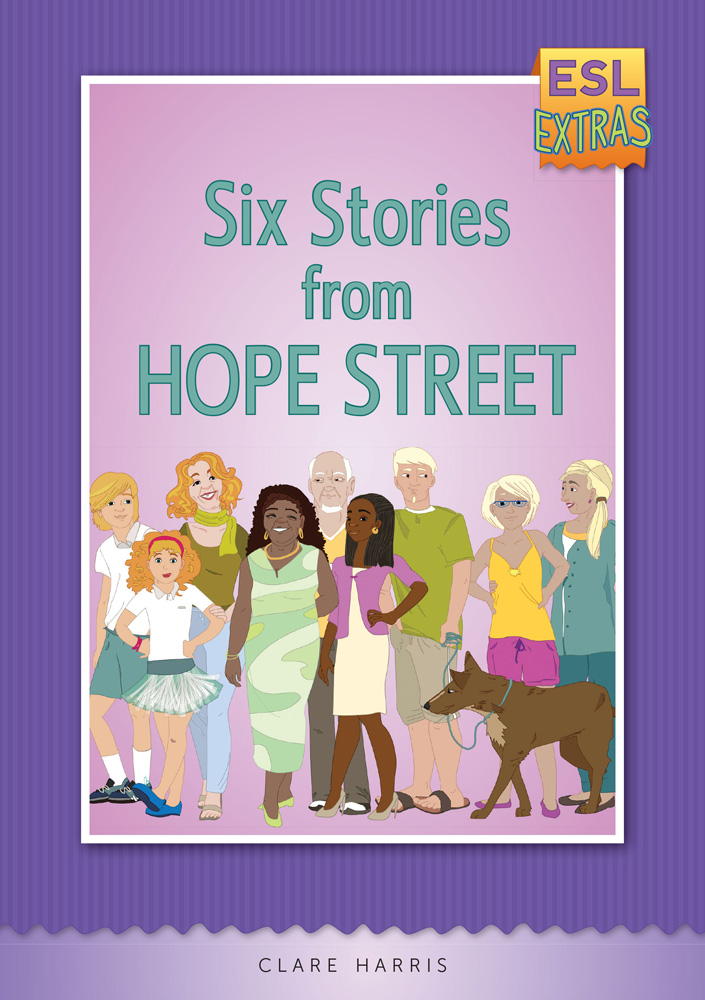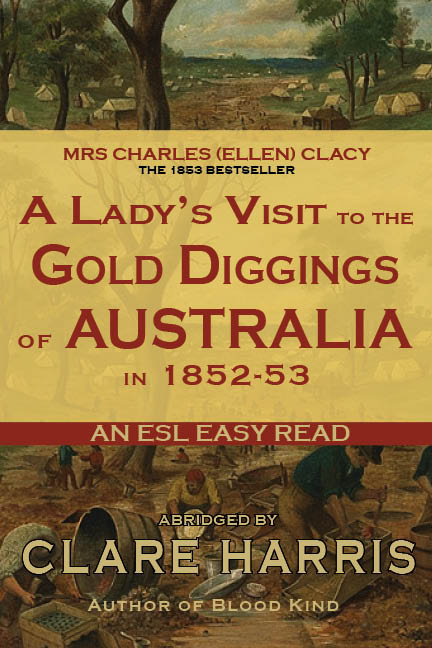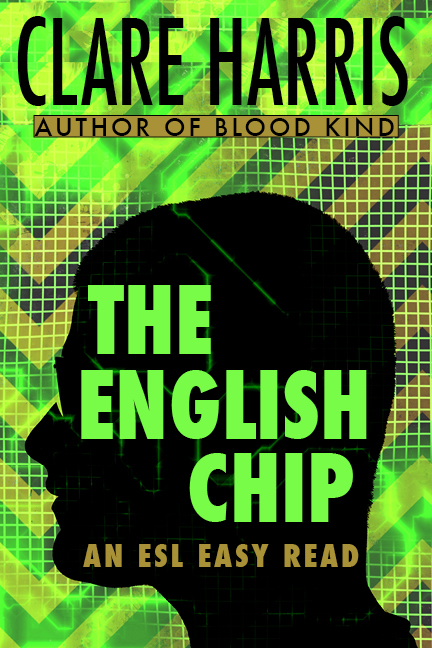According to the Script…
I met up with Pauline Bunce at the ACTA/ACAL conference last weekend – she has a new resource out, called According to the Script, available as a downloadable pdf – from her website, alphabetheadaches.com. I bought it (for a very reasonable $15) – it’s huge, very comprehensive, pitched at a more advanced level than the Prelim and CSWE I learners I’ll be teaching this term, but so good to know about and pass on.
I thought I’d ask Pauline a few questions about the materials:
So, Pauline, According to the Script: who’s it for? What level?
It was written with EAL/D learners in bridging, preparatory, foundation and transitional courses in mind: learners who come from a non-Roman alphabetic-scripted background, who are about to embark on ‘mainstream’ courses.
You’ve been working in this biscriptal area for a while, right?
Yes, it all began in Hong Kong, around the year 1998, when I started work on my doctorate. I tell the story in a forthcoming paper (an ‘auto-ethnography’) called Biscriptal English Learners: a ‘blindspot’ in global English-language teaching. It’s not out at the moment, but you can find out more at: https://independent.academia.edu/PaulineBunce.
Which learners did you have in mind when you started work on this project?
My original ‘targets’ were highly capable Chinese students at an ‘enrichment’ summer school in Hong Kong. These Year 10 kids were reading Harry Potter and they loved English – but they had almost no insights into how English words provided clues to both sound and meaning. They called our alphabetic script “ugly worms” and “chicken guts”, and learned words visually.
I can think of many EAL/ESL learners like that, here in Australia…
Exactly. So after returning to Australia in 2011, I initially focused on Chinese students’ reading challenges (and did some presentations on that), but I began to realise that all non-alphabetic-background students shared similar problems.
So you’ve created a teaching resource for these biscriptal learners?
Yes, I revisited my original summer school lessons on sound and meaning, and added some handwriting elements. I drew up some 30 lessons, which I trialled in my ‘transition’ class at Cyril Jackson Senior Campus, here in WA. These students were in the ‘top’ class in the IEC, and were about to enter Year 11.
I used this experience to re-organise and increase the number of lessons to 40. Then, later still, I added the ‘written genres’ to the handwriting section – and it all eventually added up to 60 lessons.
How have you been using According to the Script?
I have yet to use the full resource from end-to-end. I prefer to dip in and out a few times a week. The ideas are always with me. I am currently tutoring a pair of Chinese twins (Year 8s), and I dip in and out of the resource for them.
Could you not use these resource materials every day?
Absolutely. Ideally, it should be a ‘daily workout’ – probably first thing in the morning for 20 – 30 minutes. It’s just that I find that there is never enough time to ‘do proper justice’ to the important skills that (the kit) it contains. Other things, such as external assessments and extended writing/reading tend to ‘muscle in’ on our time.
What has the response been from students and from other teachers?
Older students are a bit reluctant to follow the handwriting advice, and that’s why I added the genres. It’s added a bit more ‘status’ to these skills. Chinese students find anything smaller than syllables very hard to ‘hear’, but they have found the insights valuable. It takes a bit of time, and a few struggles with making funny noises, but they have appreciated learning how the written language ‘works’.
Same goes for the ‘meaning’ section – far too many learners have no idea about roots, prefixes and suffixes – and that ‘bigger words’ might actually be ‘easier’ (to spell and say) than small words. Students have told me that they are no longer so ‘scared’ of big words.
Teaching colleagues have been pushing me to publish, so that they can make use of a more ‘adult-looking’ resource than is currently available. One international middle school in Hong Kong wants to use it in Years 6 – 8.
What would be your 5 key tips for EAL/D and ESL teachers working with this biscriptal group?
- Listening is paramount – listening for the tiniest of differences – fine-tuning listening.
- Keep ‘sound sessions’ short and sweet, as they can be exhausting.
- Explore ‘interesting’ words often. Look for words in daily lessons that warrant deeper exploration – words that contain clues to their meaning, that can be broken into chunks, that have sets of related words. Establish that words are not all ‘one offs’ – and knowing how they ‘work’ can help students to acquire other new words (too many learners see words as dull and lifeless things to learn, but they all have ‘personalities’).
- Following on from #3, don’t stop at ‘sentence-level language teaching’ – get inside individual words – and often.
- Update yourselves on the terminology and the field of phonology – the more we know about ‘bottom-up skills’, the better. What is ‘phonics’? Secondary- and tertiary-level teachers need to know more about ‘early reading skills’, now that we have so many non-alphabetic-background learners coming into our classes.
Thanks for that, Pauline – I’ll just mention your YouTube workshop on Phonemic Awareness for Adolescent English learners here, for anyone who’d like some instant PD.
Good luck with the resource!



